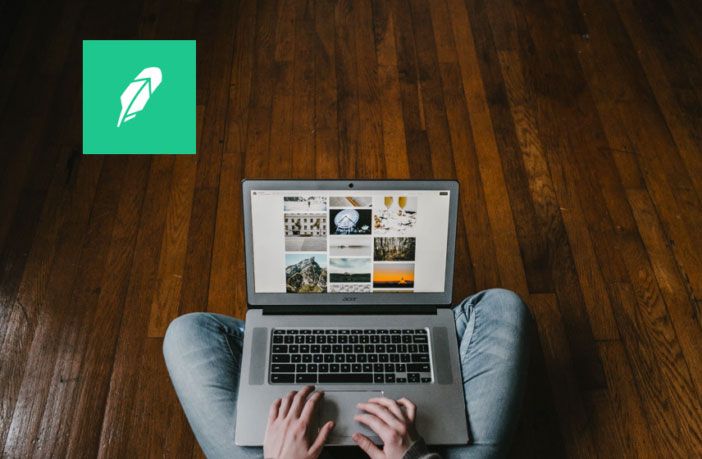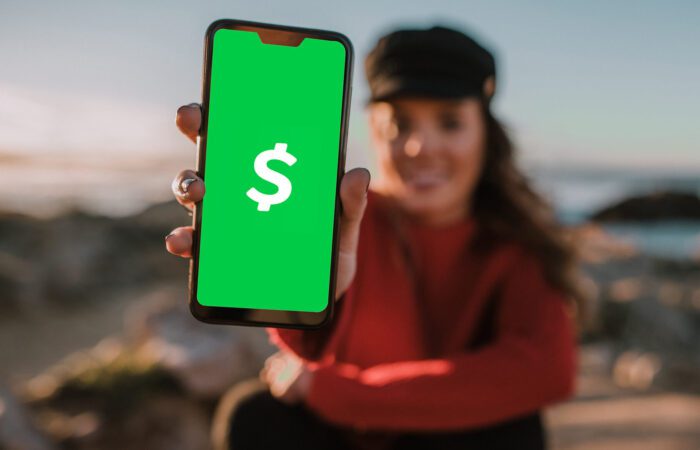Editor’s Note: Overdraft Apps provides detailed product reviews and recommendations based upon extensive research and our own hands-on testing. We may earn a referral fee when you sign up for or purchase products mentioned in this article.
Sometimes, there just isn’t enough money to go around. And if you don’t keep a close eye on your checking account, you may accidentally — or intentionally — overdraft and spend more money than you have available. For this reason, it’s important that you understand how to pay an overdraft.
If you sign up for a service called Overdraft Protection, you can possibly avoid overdrawing your account and paying overdraft fees. With this service, you can link a savings account or credit card to your checking account. In the event that you don’t have sufficient funds in your account to cover a transaction, the bank will transfer money from your savings or use your available credit to cover the purchase.
On the other hand, if you overdraft your account and you’re not signed up for Overdraft Protection, the bank may advance the cash to make a purchase happen (and charge an overdraft fee). This is known as “overdraft coverage,” and you can opt-in for this service at anytime. You must pay back this money plus fees. Overdraft fees range from $30 to $35 per item.
The good news is that overdrawing your bank account isn’t the end of the world. Here’s what you need to know to handle this situation.
How does an overdraft get paid back
It’s important to sign up for online banking and check the status of your checking account every day. This way, if an overdraft occurs, you can learn about it earlier in the day and deposit the necessary cash into your account to cover the overdraft.
When an account goes into the red, most banks give their customers up until the end of the business day to deposit or transfer funds into their account and avoid an overdraft fee.
The longer your account stays in the negative, the more money you’ll end up owing the bank. Some banks also charge additional fees when accounts remain overdrawn for too long. If you don’t have money to cover an overdraft, look into getting a short-term loan from a relative or friend.
Another option is to set up a plan with your bank and pay back the overdraft over the next several days or weeks.
As a side note, consider signing up for Overdraft Protection once you’ve paid an overdraft. This can reduce the likelihood of future overdrafts. You can even ask the bank to waive some of the overdraft fees, which can make it easier to pay what you owe.
How long do you have to pay an overdraft back
There’s no specific time frame for paying an overdraft, but the sooner you bring your account back into the positive the better.
Bank policies vary. With that being said, some banks charge customers additional fees when their account remains overdrawn for a certain length of time. For example, BB&T charges an additional $36 when an account remains overdrawn for seven days. Similarly, PNC Bank charges a $7 fee for each day an account remains overdrawn for more than five consecutive days, and this fee doesn’t cap until you hit $98.
These extra charges can put you further in the hole, making it harder to get your account out of the red.
More on How long can your checking account be overdrawn
What happens if I can’t pay my overdraft
If you don’t communicate with your bank and you allow your account to remain overdrawn for an extended length of time, the bank may close your account after 60 days and report you to ChexSystem.
This is a consumer reporting agency that banks use to determine the potential risk of those who apply for bank accounts.
Once you’ve been reported to this database, it will be difficult for you to open another bank account for at least the next five years. From a financial institution’s standpoint, if you didn’t pay an overdraft at another bank and left your checking account in bad standing, you may repeat this behavior at another bank.
Strategies to avoid an overdraft
Given the potential financial ramifications of an overdraft, it’s important that you take measures to avoid one in the first place.
One of the best ways to avoid an overdraft is to closely monitor your bank account on a regular basis, preferably every day. This way, you can keep tabs on your available balance, deposits, checks, automatic payments, debit card transactions, transfers, and other transactions.
It’s also important that you keep a checkbook register and record any checking account transactions like debit card purchases, ATM withdrawals, and written checks, or else you could forget about a purchase and think you have more cash than you actually have.
If you sign up for automatic bill pay, set up monthly recurring reminders to ensure you have enough cash in your checking account to cover these transactions. As a rule of thumb, aim to maintain a cushion in your checking account, too.
This doesn’t have to be a lot of money. Even if it’s only $50 or $100, this might be just enough to keep your account out of the red — just in case you forget to record a small purchase.
The worst thing you can do is ignore an overdraft. This problem won’t go away on its own. And if you don’t pay what you owe, you might be unable to get another checking account. Plus, skipping out on your debt damages your relationship with the bank and digs a deeper financial hole.
WAIT! Why borrow quick cash when you can earn it?!
Cash advance apps can be a great tool for getting a little extra cash when you need it, but you’ll need to repay it – plus fees – wihtin a week or two. Did you know there’s an easy way to earn extra cash that’s yours to keep?

KashKick is a wildly popular service that lets you earn money for playing games, completing surveys, signing up for trial offers and more. (You’ll even earn cash for just completing your profile!) You can earn cash today and withdraw your earnings through PayPal once you’ve reached $10. You can earn over $100/month with KashKick – and you don’t need to spend a dime or take out your credit card to do it.
There are dozens of high-paying offers available on KashKick, and if you’re into playing new games on your phone, you can earn some serious cash for doing what you love. Though offers change regularly, there are currently1 more than three dozen offers available where you can earn cash – sometimes over $100 – just by downloading and playing popular games like Coin Master, Monoply Go, Bingo Blitz, and more. These games are all free to download, and no in-app purchases are required to earn with KashKick.
Get paid to play on your phone >>> Check out KashKick
- Self Financial Review – Credit Builder Loans to Build Your Credit and Savings - April 29, 2024
- Cleo App Review – $250 Cash Advances and Wiseass AI Money Management - April 24, 2024
- FloatMe Review – Simple $50 Cash Advances with Low Fees - April 17, 2024
- As of February 13, 2024. Offers may change and may not be available to all users. Eligibity requirements apply. See KashKick's Terms of Service for full details.



